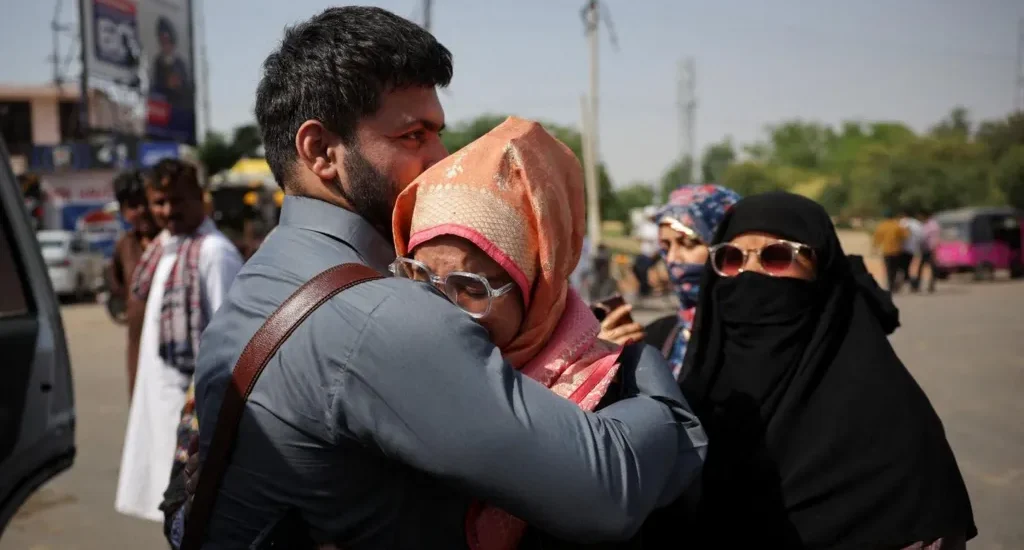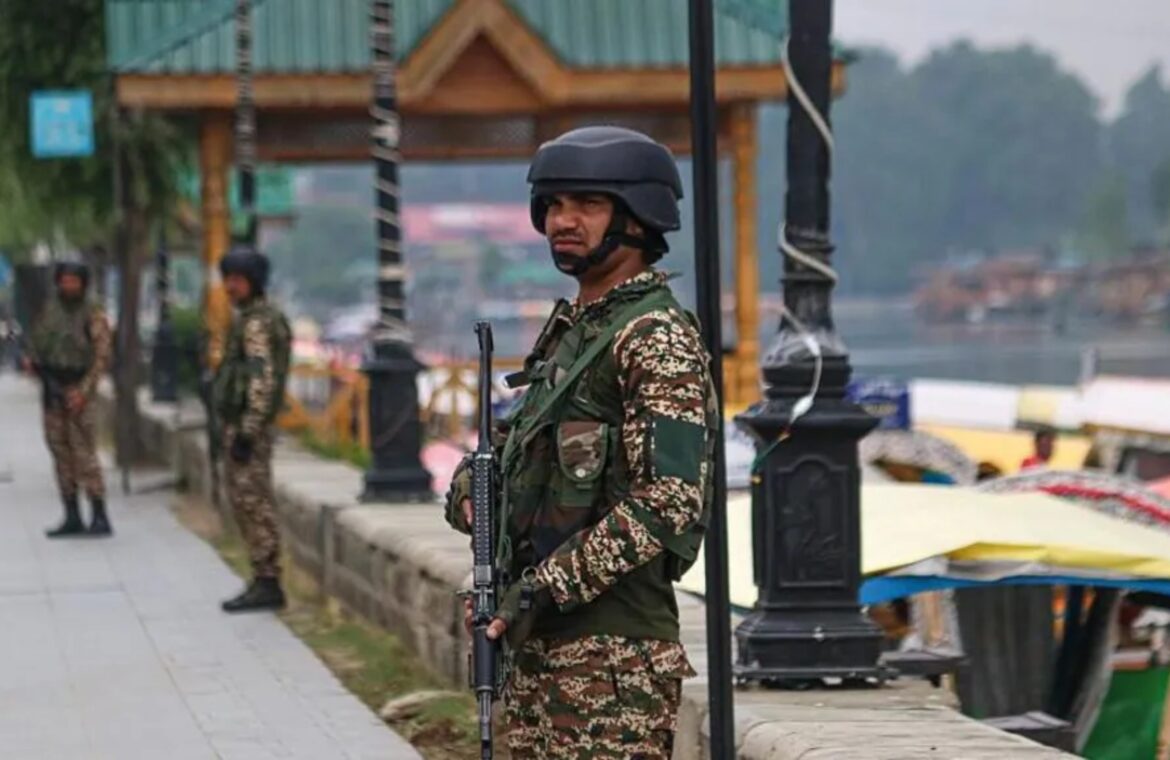The recent ceasefire between India and Pakistan may have suspended the escalation of the war, but for common citizens, the effects of this war are far from complete. While policymakers and headlines make a fuss over diplomacy and bombing, India-Pakistan relations are unfolding in ways that are coming back to hurt civilians, from families separated on the border to increasing economic stress.
Below are five very real effects of the post-conflict hangover that continue to condition everyday life in the region, and why they are important far beyond the news headlines.
Ever-Lasting Impacts Despite Ceasefire between India and Pakistan
Here is how tension remains for both nations despite ceasefire between India and Pakistan:
Water Dispute Escalates
The most ominous has been India’s move to stop the Indus Waters Treaty, a 60-year-old accord that has ridden out wars and political turmoil. Signed in 1960, it apportioned six of the country’s main rivers between India and Pakistan for irrigation and civilian purposes. With tensions escalating after the May 7 strikes, India blamed Pakistan for promoting terrorism and ended its involvement in the treaty.
This action is potentially disastrous for Pakistan, which relies on these rivers to water vast tracts of land. Islamabad officials have called the closure illegal, citing that India and Pakistan relations should not make water an instrument of leverage. Experts say that though India lacks the infrastructure to cut off all water supplies, managed diversions during times of drought could still impose hardship downstream.
Visas and Diplomacy
With retaliation growing fiercer, the two countries froze all but a few visa services and expelled diplomatic personnel. Cross-border families, couples, children, and parents have been left in limbo. Defense attachés and other government officials were given the persona non grata treatment, and thus a diplomatic freeze ensued. The collapse has not only damaged personal relations, but also severed important backchannels that tend to forestall escalation.
This standoff, according to many, is a sign of how brittle India and Pakistan relations have turned; even ordinary conversation now seems beyond reach.
Borders Closed

One of the saddest consequences of the standoff has been the shutdown of the Attari-Wagah border, the sole overland link between the two nations. Images of family members embracing at the gateways went viral, conveying the human toll of political rivalry. India also closed off access to the Kartarpur Corridor, a major pilgrim route for Sikhs traveling to a holiest shrine in Pakistan, introducing another element of emotional and cultural anguish.
Restricted Airspace
Restrictions by India and Pakistan in airspace have prompted airlines to divert scores of foreign flights, doubling travel time and raising costs hugely. Not just passengers, it impacts businesses, logistics, and trade routes too. Tourism, already in trouble post-COVID, gets hurt again.
Trade Suspended
Trade has been brought to a halt. India, with limited dependence on imports from Pakistan, is not much impacted. But Pakistan, already struggling with a weakened economy and through-the-roof inflation, now suffers shortages of essential items such as raw materials and life-saving drugs. Suspension only serves to further aggravate Pakistan’s economic crisis, fuelling public discontent.
Last Word: Ceasefire Is Not Peace
The ceasefire between India and Pakistan might have stopped the shelling, but the ripple effect of this war is being experienced in everyday life, from the dining table to border checkpoints. India-Pakistan relations are strained, and while politicians might be calculating their next steps, millions already pay the price for choices they had no say in.
Also, see:
How to Spot Fake News Amid Pakistan-India Tensions
Topics #featured #Pakistan #trending pakistan




